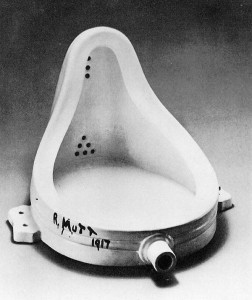 Here’s a workshop I conducted today at 826CHI.
Here’s a workshop I conducted today at 826CHI.
WORKSHOP CHECKLIST:
1. Detailed explanation: see below
2. Syllabus: see below
3. Sessions: One session of 1.5 or 2 hours (see below for timing)
4. Dates/ times: I can do Monday or Wednesday weekday evening or any weekend afternoon
5. Age range: workshop can accommodate any of the ranges (Eight to ten, eleven to fourteen, and fourteen to eighteen.)
6. Ten to fifteen students with 2 or 3 TAs to help students in the individual found poem/ collage creation period.
7. Final product: one-sheet poem on stiff cardboard with a collage on the back showing the original materials from which the poem was constructed.
8. Catchy title: Finding You In Stuff: Identity in Found Poetry & Collage
Finding You In Stuff: Identity in Found Poetry & Collage
How do we define ourselves? This workshop will use the castoff words of life—receipts, notes from kids in school, snippets from our journals, random lines from textbooks, etc.—to show how identity can be drawn from the stuff around you as well as the thoughts inside you.
Lots of kids are familiar with the concept of pouring out their innermost thoughts onto paper to express themselves. This workshop approaches the concept of expression differently—from the outside in. We’ll see that the text that surrounds can be surprisingly useful in defining who we are in a literary way.
At the end of our class, we’ll have a one-sheet poem on stiff cardboard with a collage on the back showing the original materials from which the poem was constructed.
MATERIALS
- The kid’s backpacks, with all their stuff in it. Make sure they bring in scraps of paper that they would normally throw away.
- Journals
- Stiff cardboard-type paper or the backs of pads of paper
- Glue, scissors, and tape
- Whiteboard or easel with paper
PROCEDURE
Explain the concept of found art with Duchamps’ “Fountain” as the primary example. Discuss how the artist’s acts of isolating, elevating, and naming ordinary things are essential to new art creation. (10 minutes)
Talk about Andy Warhol and other modern art examples of collage and appropriation. (10 minutes)
Read “The Finger”, a found poem I wrote and talk about how found text works its way into liteerature. (10 minutes)
Explain the concept of identity and surroundings— how your clothes, your school, your neighborhood, your name, and other “facts” about us have a part in defining us. In short, who we are is inescapably expressed in the things around us. (5 minutes)
Show an example—a recent store receipt from the instructor pulled out of a pocket. Talk about how the items purchased (diapers, toys, diaper cream, etc.) can be put together to identify the owner of the receipt. You are what you eat, etc. (5 minutes)
Then do a found poem together with the group that defines them broadly. Take things from the books in the room, snippets from random journals, a part of the lesson plan, etc. (30 minutes)
Then work with the children to do their own found poems with the materials they brought—anything from their bags, books, pockets, etc. Fashion the poem on the front and tape/ glue/ staple a collage of the original materials on the back. (30-45 minutes)